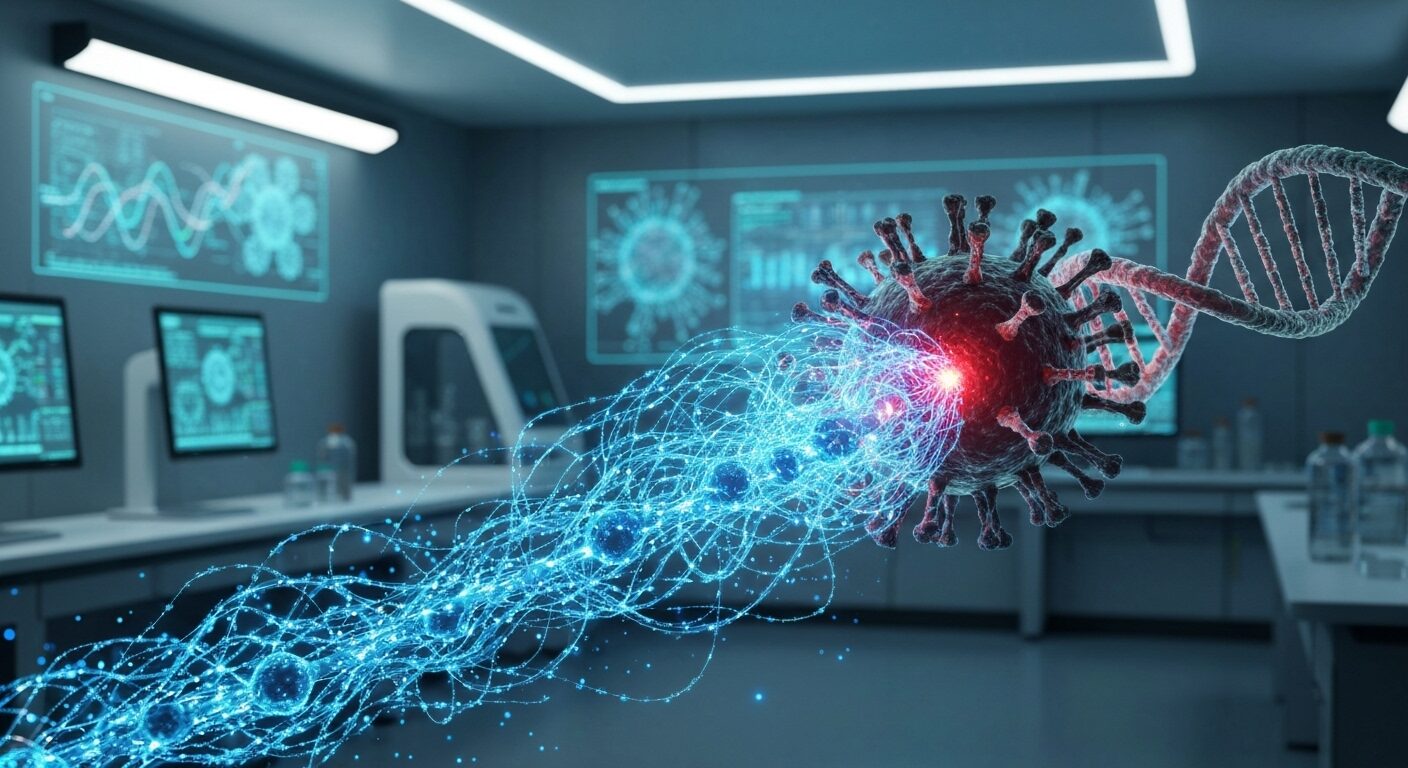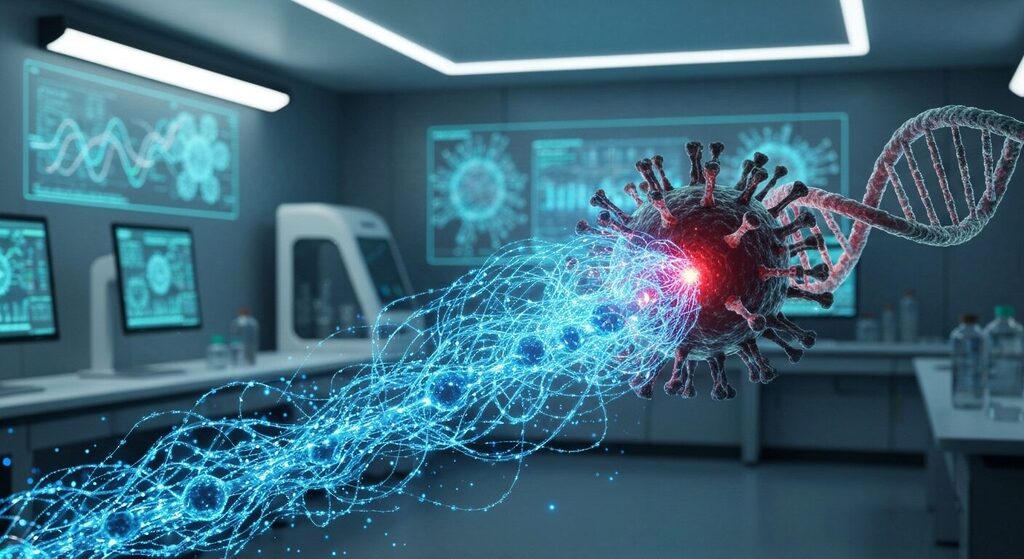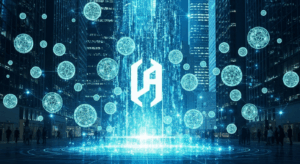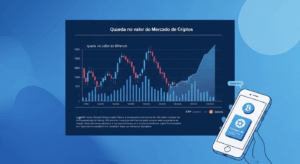Artificial intelligence (AI) is revolutionizing various sectors but also raises concerns in sensitive areas such as biosecurity. A recent study led by Microsoft showed that generative AI algorithms can exploit unprecedented vulnerabilities in systems designed to prevent the malicious use of genetic sequences.
What Are “Zero Day” Threats in Biology?
“Zero day” vulnerabilities are flaws unknown to developers until they are exploited by someone. In the biological context, these faults can allow the creation of toxic proteins or pathogens that bypass protection mechanisms in genetic screening software, which analyzes DNA orders to prevent misuse in bioterrorism.
How AI Is Being Used to Bypass Biosecurity Systems
The Microsoft team, led by scientist Eric Horvitz, used generative models — including EvoDiff itself — to redesign toxic molecules. These new designs maintain lethal functionality but are sufficiently altered to escape traditional screening algorithms used by companies offering DNA synthesis. Although the experiment was purely digital and controlled, it revealed an ever-changing “battlefield” in biotech security.
Challenges and Protective Measures
Despite screening software updates being applied after Microsoft’s alert, protection is incomplete, and the rapid evolution of AI demands constant monitoring. Professionals in the field suggest that there should be direct integration of controls within the AIs themselves, limiting access to dangerous information, while others advocate for strict regulation of commercial DNA synthesis, which today is concentrated in a few providers close to governments.
The Future of Bioengineering Security
The race against AI-powered biological threats reflects a scenario where regulations and technologies need to advance in parallel. To deepen your knowledge in digital security, check out our content on recent types of WordPress intrusions and how to protect your site and learn how to prepare your digital environment.
It is also essential to keep up with technological innovations, such as Google’s Gemini AI, which demonstrates the rapid evolution in artificial intelligence functionalities, highlighting the urgent need to develop more advanced controls.
Furthermore, to understand how other technology areas deal with threats, see our article about serious vulnerabilities patched by Microsoft in Windows and update tips, drawing an important parallel for biological and digital security.
Finally, it is important to remember that as AI transforms our world, the balance between innovation and security must be a priority to prevent powerful technologies from being used for harmful purposes.










